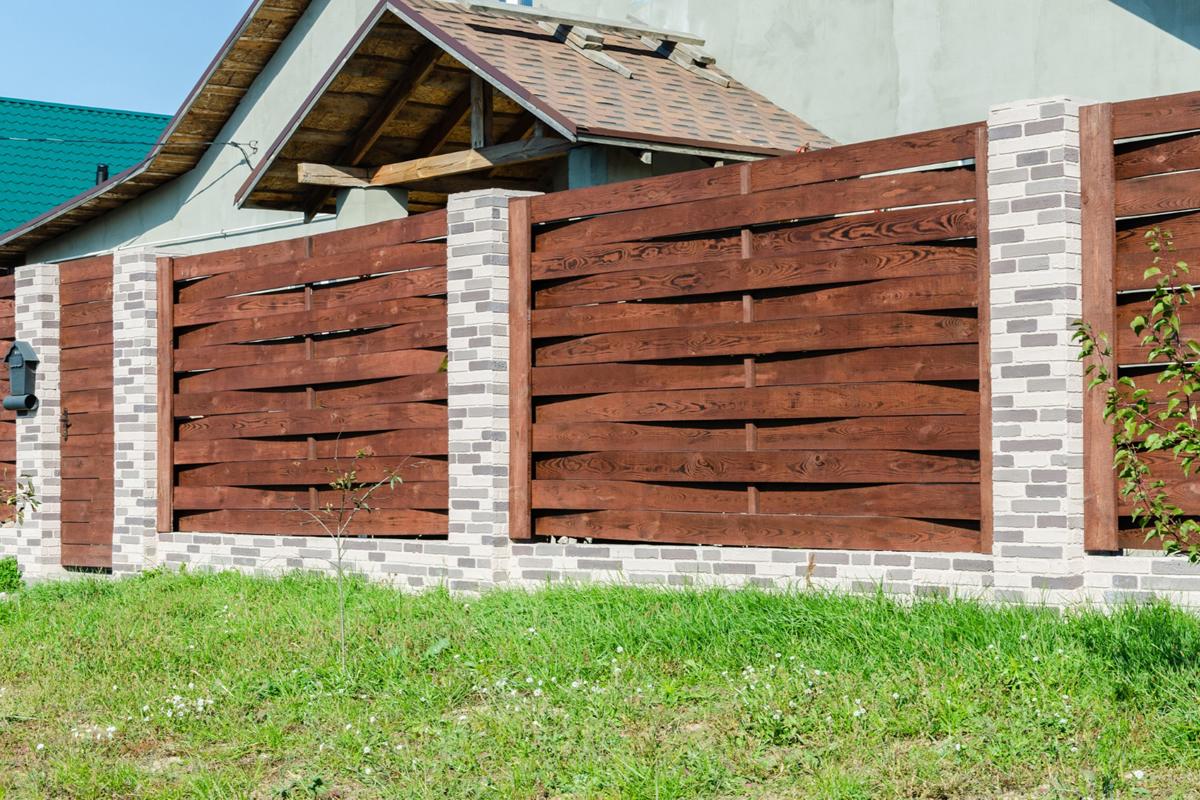Five Steps to Inspect Your Fence for Storm Damage

Living in Florida has many benefits, like warm weather, sunshine, and many opportunities for outdoor entertainment. However, it does have a few drawbacks, like frequent storms and hurricanes. When you live in Florida, you understand how to prepare your home for storm season. However, even homes that have the most protection may still be susceptible to the heavy rains and winds that accompany some severe storms. Your fence is one of the most susceptible yard features susceptible to storm damage. These are a few steps to take to assess any fence damage after a storm passes through your area.
Inspect for Sagging
Sagging is one of the most common types of damage that can occur during a storm. Because of heavy winds and rains, the fence boards may become compromised. This can cause sagging or leaning in particular areas. Lucky for homeowners, staffing and leaning is one of the easiest issues to spot.
Inspect for Loose Boards or Posts
When high winds come through your area, you need to check your fence for any loose boards. One of the best ways to do this is to walk the entire length of fence and feel for any issues. Shake your posts and fence boards to make sure they are still secure. When this issue goes undetected, it can compromise the function of your fence, letting your children or pets run free without you noticing.
Inspect for Cracks
Cracks can also occur when debris flies around your yard during a storm. If the impact is severe enough, it can cause large cracks or splintering in the fence material, especially wood. Small cracks can be easily patched, but larger cracks may require replacement of the entire fence board or post. Take the time to check over your fence to spot the cracks early before they continue to spread and further damage the boards.
Inspect for Moisture Issues
Heavy rains can cause your fence to have moisture damage. When the water sits on your fence, it can cause rotting, mold, mildew, or algae growth. If undetected, these issues can compromise the strength and durability of your fence posts. To inspect for moisture damage, check for any water stains, soggy areas, or swollen areas on your fence boards.
Inspect all the Features, Gates, and Decorative Items
In addition to checking all your fence boards and posts, you will want to check any other fence features you may have. Inspect all your gate locks to ensure they have not come loose or broken during the storm. Make sure the gates can still swing fully open and closed for security purposes. Also, if you have any lights or decorative features on your fence, inspect these features to check for functionality.
By taking these steps, you can work to repair your fence quickly after a storm passes in hopes to mitigate any additional issues. If you notice fence damage, you may want to contact a professional for further evaluation or repairs. Contact our experienced fence contractors in Sanford to schedule your fence assessment today.